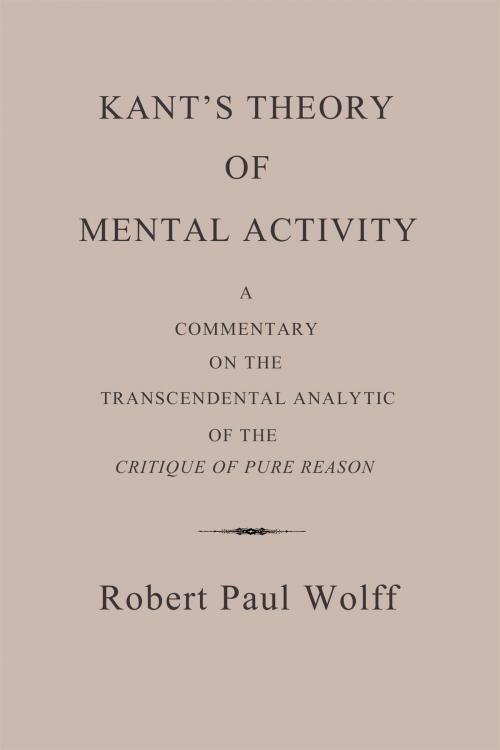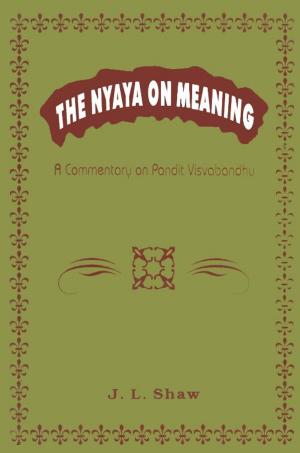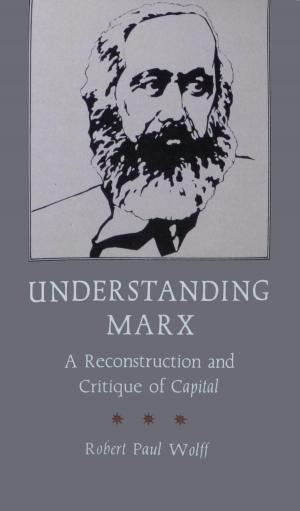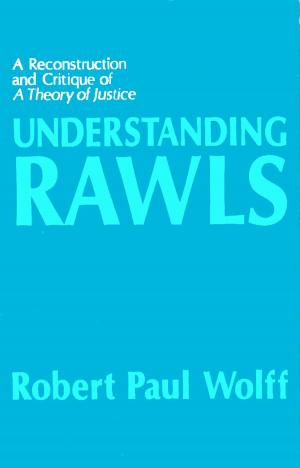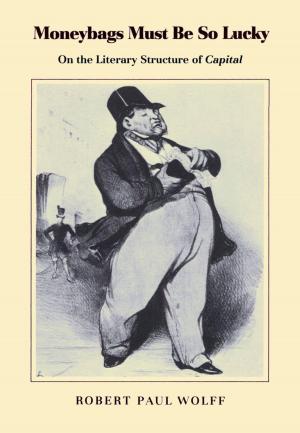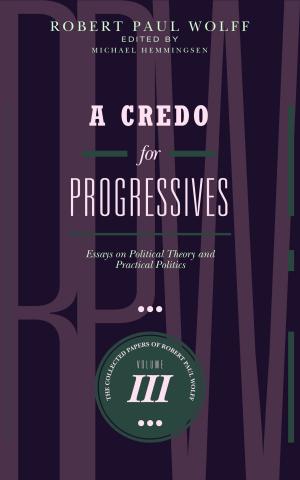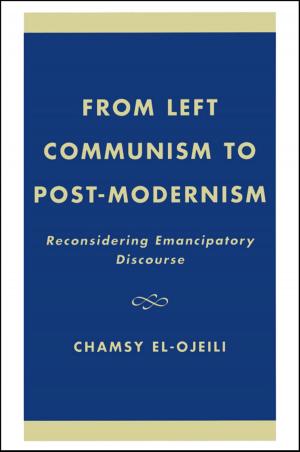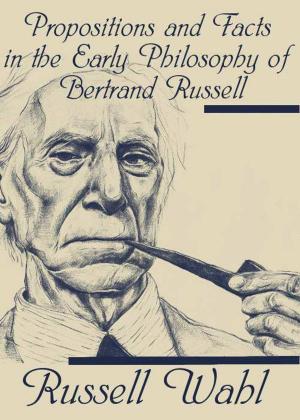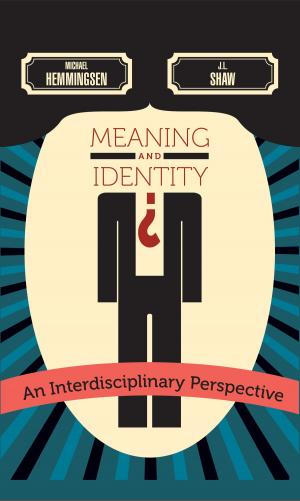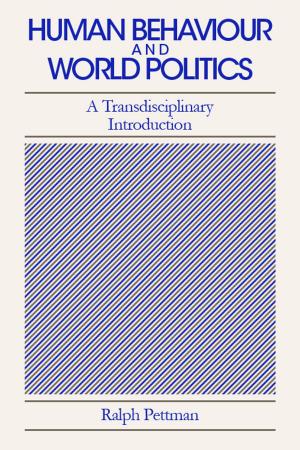Kant’s Theory of Mental Activity
A Commentary on the Transcendental Analytic of the Critique of Pure Reason
Nonfiction, Religion & Spirituality, Philosophy, Epistemology, Metaphysics| Author: | Robert Paul Wolff | ISBN: | 1230000117473 |
| Publisher: | Society for Philosophy & Culture | Publication: | March 23, 2013 |
| Imprint: | Language: | English |
| Author: | Robert Paul Wolff |
| ISBN: | 1230000117473 |
| Publisher: | Society for Philosophy & Culture |
| Publication: | March 23, 2013 |
| Imprint: | |
| Language: | English |
This book analyses and explains the central passage of Kant’s philosophy, the “Transcendental Analytic” of the Critique of Pure Reason. It proceeds in the manner of a textual commentary, discussing and explaining each section of the Analytic in turn. The purpose, however, is not merely to comment chapter by chapter on what Kant has written, but rather to reorganise and interpret his argument so that it is seen as coherent and connected.
To this end preliminary versions of the Analytic are actually presented, in formal step-by-step manner, four times in the course of the book. Finally, when the last elements of Kant’s theory are revealed, a fifth and final version of the argument is presented. This consists of a proof whose premise is the Cartesian proposition, “I think,” and whose conclusion is the Causal Maxim. In other words Kant provided a complete proof for the principle of causality, assuming only the minimal premise that man is conscious. In his presentation Mr. Wolff offers a refutation of the clam by some commentators that Kant’s argument was merely hypothetical or regressive – that is, starting with the conclusion and working backwards to the premise.
Although the main function of the book is to present this argument it also contains a considerable body of analyses, explanations, and speculations about difficult texts in the Analytic as a whole.
This book analyses and explains the central passage of Kant’s philosophy, the “Transcendental Analytic” of the Critique of Pure Reason. It proceeds in the manner of a textual commentary, discussing and explaining each section of the Analytic in turn. The purpose, however, is not merely to comment chapter by chapter on what Kant has written, but rather to reorganise and interpret his argument so that it is seen as coherent and connected.
To this end preliminary versions of the Analytic are actually presented, in formal step-by-step manner, four times in the course of the book. Finally, when the last elements of Kant’s theory are revealed, a fifth and final version of the argument is presented. This consists of a proof whose premise is the Cartesian proposition, “I think,” and whose conclusion is the Causal Maxim. In other words Kant provided a complete proof for the principle of causality, assuming only the minimal premise that man is conscious. In his presentation Mr. Wolff offers a refutation of the clam by some commentators that Kant’s argument was merely hypothetical or regressive – that is, starting with the conclusion and working backwards to the premise.
Although the main function of the book is to present this argument it also contains a considerable body of analyses, explanations, and speculations about difficult texts in the Analytic as a whole.
